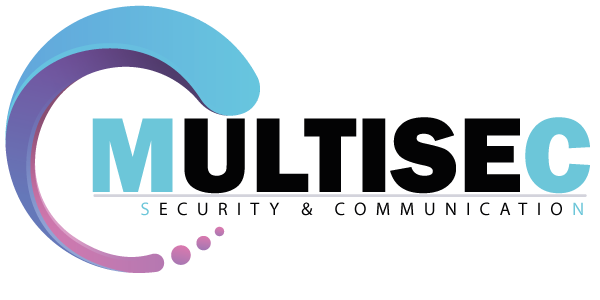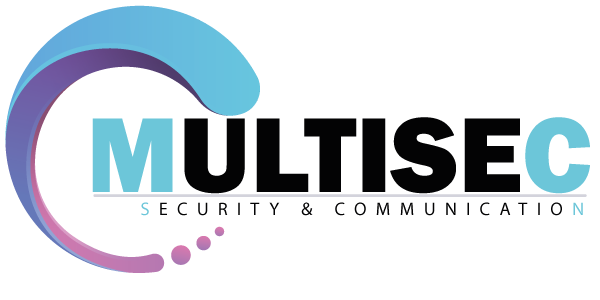The purpose of depreciation is to allocate the cost of a fixed or tangible asset over its useful life. Managing depreciation can feel overwhelming for inexperienced accountants and bookkeepers. But in reality, once you’re familiar with depreciation and the different depreciation methods you can use, the process becomes much simpler.
- In turn, depreciation can be projected as a percentage of Capex (or as a percentage of revenue, with depreciation as an % of Capex calculated separately as a sanity check).
- Managing depreciation can feel overwhelming for inexperienced accountants and bookkeepers.
- Depreciation expense gradually writes down the value of a fixed asset so that asset values are appropriately represented on the balance sheet.
- The balance rolls year-over-year, while nominal accounts like depreciation expense are closed out at year end.
- It is an estimated expense that is scheduled rather than an explicit expense.
In closing, the key takeaway here is that depreciation, despite being a non-cash expense, reduces taxable income and has a positive impact on the ending cash balance. Assuming the company pays for the PP&E in all cash, that $100k in cash is now out the door, no matter what, but the income statement will state otherwise to abide by accrual accounting standards. The business uses the straight-line depreciation method over three years. Calculating amortization and depreciation using the straight-line method is the most straightforward. You can calculate these amounts by dividing the initial cost of the asset by the lifetime of it.
Depreciation of Fixed Asset Calculation Example
Therefore, companies using straight-line depreciation will show higher net income and EPS in the initial years. The recognition of depreciation is mandatory under the accrual accounting reporting standards established by U.S. As the business expects the value to reduce greatly in the early years, they use 50% depreciation over 4 years.
The Internal Revenue Service (IRS) calls this type of property (like vehicles, machinery, equipment, and furniture) capital assets. When your business buys an asset (a physical property owned by your company), you can deduct the cost of that asset as a business expense. However, tax regulations say you must spread the cost of that asset over its estimated useful life. The use of depreciation can reduce taxes that can ultimately help to increase net income. Net income is then used as a starting point in calculating a company’s operating cash flow.
This strategy is employed to fairly allocate depreciation expense and accumulated depreciation in years when an asset may only be used for part of a year. This change is reflected as a change in accounting estimate, not a change in accounting principle. For example, say a company was depreciating a $10,000 asset over its five-year useful life with no salvage value. Using the straight-line method, an accumulated depreciation of $2,000 is recognized. Let’s imagine Company ABC’s building they purchased for $250,000 with a $10,000 salvage value. Under the straight-line method, the company recognized 5% (100% depreciation ÷ 20 years); therefore, it would use 10% as the depreciation base for the double-declining balance method.
- The core objective of the matching principle in accrual accounting is to recognize expenses in the same period as when the coinciding economic benefit was received.
- For the December income statement at the end of the second year, the monthly depreciation is $1,000, which appears in the depreciation expense line item.
- Find out what your annual and monthly depreciation expenses should be using the simplest straight-line method, as well as the three other methods, in the calculator below.
- Assumptions in depreciation can impact the value of long-term assets and this can affect short-term earnings results.
- For those still using ledgers and spreadsheets, you’ll also be recording the entry manually, but in your ledgers, not in your software.
Sometimes, these are combined into a single line such as “PP&E net of depreciation.” Watch this short video to quickly understand the main concepts covered in this guide, including what accumulated depreciation is and how depreciation expenses are calculated. Accumulated depreciation is a real account (a general ledger account that is not listed on the income statement).
Tax Planning Tips
Instead, the company will change the amount of accumulated depreciation recognized each year. It reports an equal depreciation expense each year throughout the entire useful life of the asset until the asset is depreciated down to its salvage value. It accounts for depreciation charged to expense for the income reporting period. Depreciation for the tax year, for all depreciated assets, is included on your business tax return as a business expense.
Depreciation Calculator
Continuing to use our example of a $5,000 machine, depreciation in year one would be $5,000 x 2/5, or $2,000.
Depreciation expense is then calculated per year based on the number of units produced that year. This method also calculates depreciation expenses using the depreciable base (purchase price minus salvage value). Instead of realizing the entire cost of an asset in year one, companies can use depreciation how do i file for free as a college student to spread out the cost and match depreciation expenses to related revenues in the same reporting period. This allows the company to write off an asset’s value over a period of time, notably its useful life. Depreciation directly impacts the balance sheet as it reduces the asset’s value.
Best Accounting Software for Small Businesses
Your company’s balance sheet is a great place to monitor the overall status of your assets and ventures. Keeping it all in the same place helps you identify patterns that would be harder to spot otherwise. If you see that the estimated depreciation is lower than what is currently happening, you can investigate possible causes and fix them before they get too out of hand.
In terms of forecasting depreciation in financial modeling, the “quick and dirty” method to project capital expenditures (Capex) and depreciation is the following. The recognition of depreciation on the income statement thereby reduces taxable income (EBT), which leads to lower net income (i.e. the “bottom line”). The assumption behind accelerated depreciation is that the asset drops more of its value in the earlier stages of its lifecycle, allowing for more deductions earlier on. There are various depreciation methodologies, but the two most common types are straight-line depreciation and accelerated depreciation.
Sum-of-the-Years’ Digits Method
The total value of all the assets of a company is listed on the balance sheet rather than showing the value of each individual asset. Most capital assets (except land) have a residual value, sometimes called “scrap value” or salvage value. This value is what the asset is worth at the end of its useful life and what it could be sold for when the company has finished with it.
Expected Useful Life and Salvage Value
This depreciation expense is taken along with other expenses on the business profit and loss report. As the asset ages, accumulated depreciation increases and the book value of the car decreases. Some assets are short-term, used up within a year (like office supplies).


Leave a Comment